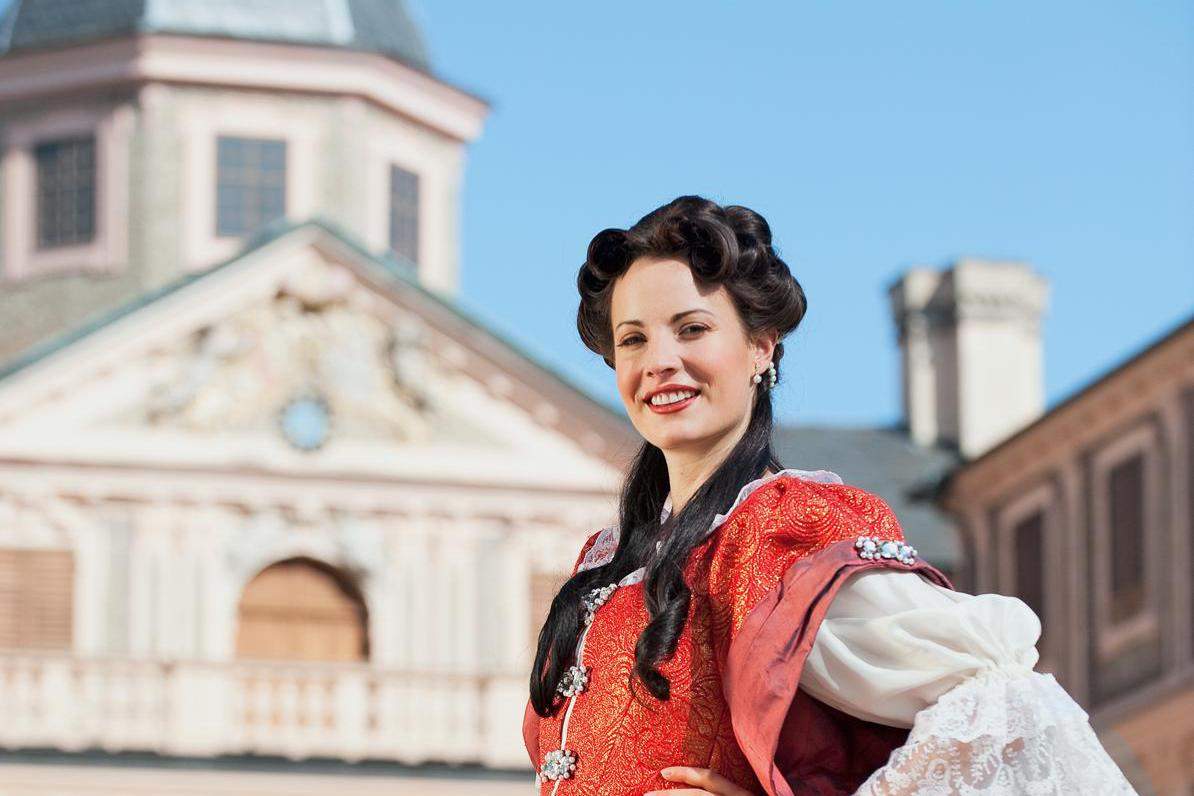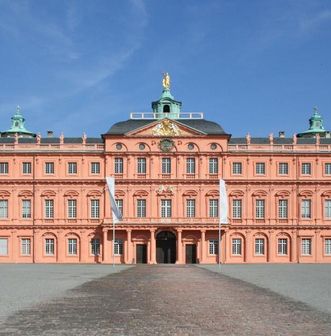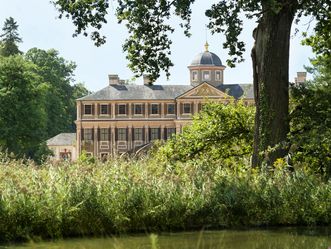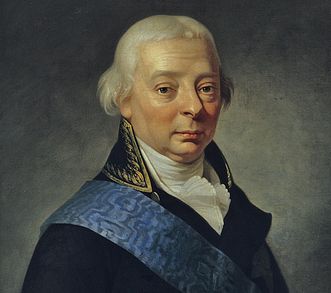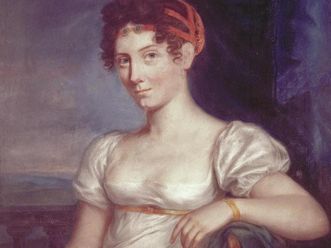Two palaces in Rastatt
As beautiful as Favorite Palace was and is, it was just a pleasure palace, and as such, not the official residence of the Margraves of Baden-Baden. Rastatt Palace was their seat and residence. Margrave Ludwig Wilhelm had it built as the new residence in 1700, thus eclipsing Baden-Baden as the family's ancestral seat. The town of Baden-Baden, and its palace, had been destroyed in 1689. Now, a more modern palace was required: a Baroque palace, one that would best represent the absolutist ruler.



